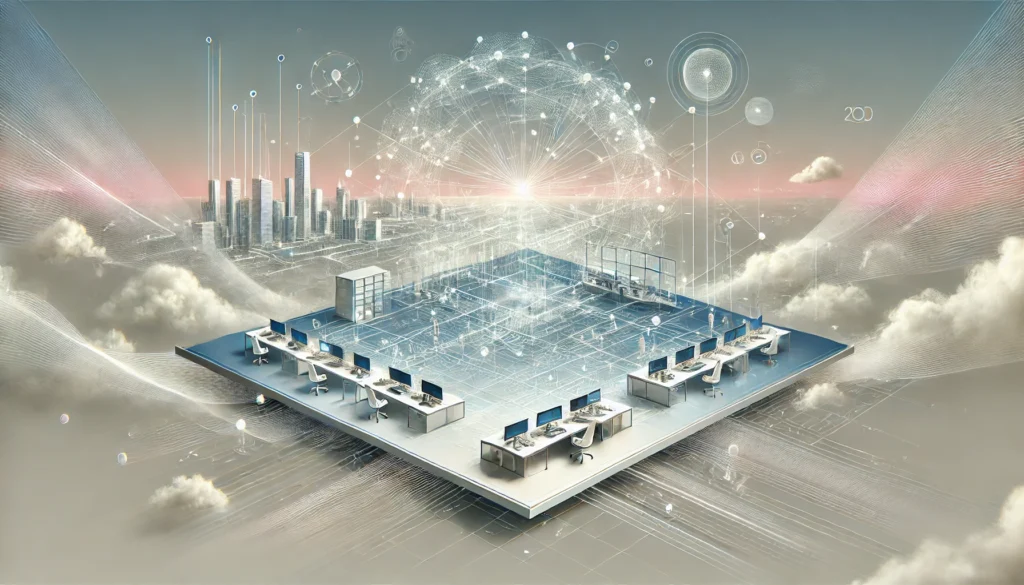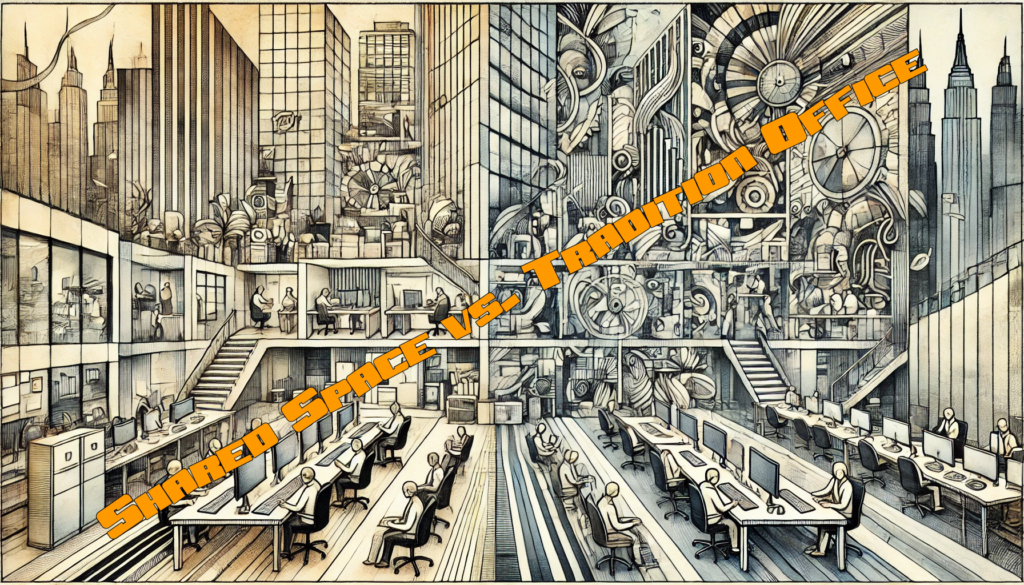Adapting to Evolving Work Models and Office Space Dynamics

The workplace landscape continues to transform in response to technological advancements, economic shifts, and evolving employee expectations. Employers and office tenants must remain agile, adapting to changes in work habits, technology integration, and the growing demand for flexibility. Understanding these trends can empower businesses to make informed decisions that align with their goals and foster sustainable growth.
Return-to-Office Mandates vs. Flexibility: Striking the Right Balance
Recent announcements from corporate giants like Amazon, AT&T, and Dell highlight a renewed push for employees to return to the office full-time. For some companies, this shift aims to enhance collaboration, culture, and productivity by fostering in-person interactions. However, it’s clear that not all employees are on board with these mandates. Many workers value the autonomy and work-life balance offered by remote or hybrid models, creating tension between corporate policies and workforce preferences.
In contrast, companies like Spotify and Canva are embracing flexibility, trusting their employees to choose the work environment that best suits their needs. These organizations view autonomy as a key driver of employee satisfaction, retention, and productivity. For office tenants, the decision to adopt a hybrid or fully in-office model should be guided by a comprehensive analysis of employee performance, organizational culture, and long-term business objectives.
The Hybrid Work Model: A Middle Ground for Success
Hybrid work arrangements have emerged as a popular compromise, offering employees the flexibility to work remotely while ensuring in-person collaboration when needed. According to recent data, hybrid models are now implemented by 43% of U.S. companies, up from 29% a year ago. This approach allows businesses to optimize office space utilization, reduce real estate costs, and attract top talent seeking greater flexibility.
Office tenants can benefit from hybrid models by:
- Optimizing Office Design: Incorporating shared workspaces, collaboration zones, and advanced technology to support both in-person and remote work.
- Leveraging Flexible Lease Terms: Negotiating shorter leases or securing expansion options to accommodate changing needs.
- Enhancing Workplace Amenities: Creating a welcoming environment with amenities such as wellness areas, outdoor spaces, and advanced tech integration to support hybrid teams.
Technology and AI: Shaping the Future of Work
Artificial intelligence (AI) is playing an increasingly influential role in redefining work processes. From automating repetitive tasks to providing actionable insights, AI enables businesses to operate more efficiently and effectively. For office tenants, integrating AI-driven tools can streamline workflows, enhance collaboration, and support data-driven decision-making.
In the context of hybrid work, AI can:
- Optimize Scheduling: Coordinate in-office days to ensure key teams are present for collaborative tasks.
- Enhance Communication: Provide seamless virtual meeting experiences and real-time language translation.
- Support Workspace Management: Monitor office usage patterns and energy consumption to maximize efficiency.
The “Haves and Have-Nots”: Quality Matters
In the competitive office market, premium buildings with modern amenities, energy-efficient systems, and prime locations are outperforming their lower-tier counterparts. Tenants are gravitating toward spaces that offer:
- Sustainability Features: Green certifications, energy-efficient systems, and wellness-focused designs.
- Proximity to Transit: Easy access to public transportation and vibrant neighborhoods.
- Amenities for Collaboration: Flexible meeting rooms, outdoor spaces, and tech-enabled workstations.
For landlords, investing in these features can attract high-quality tenants and drive higher occupancy rates. Office tenants should prioritize properties that align with their workforce’s needs while offering opportunities for future growth and adaptation.
Preparing for the Evolving Workplace
As 2025 unfolds, the key to success lies in adaptability. Businesses must stay attuned to workforce trends, technological advancements, and shifting market dynamics. For office tenants, this means:
- Engaging Employees: Solicit feedback to understand their preferences and ensure workplace policies align with their needs.
- Investing in Technology: Equip teams with tools that enhance productivity, collaboration, and innovation.
- Planning for Flexibility: Secure office spaces that offer versatility, expansion options, and modern amenities.
- Focusing on Sustainability: Choose properties that support environmental goals and promote employee well-being.
By embracing these strategies, office tenants can navigate the evolving workplace landscape with confidence, fostering a thriving, engaged workforce while positioning their businesses for long-term success.


